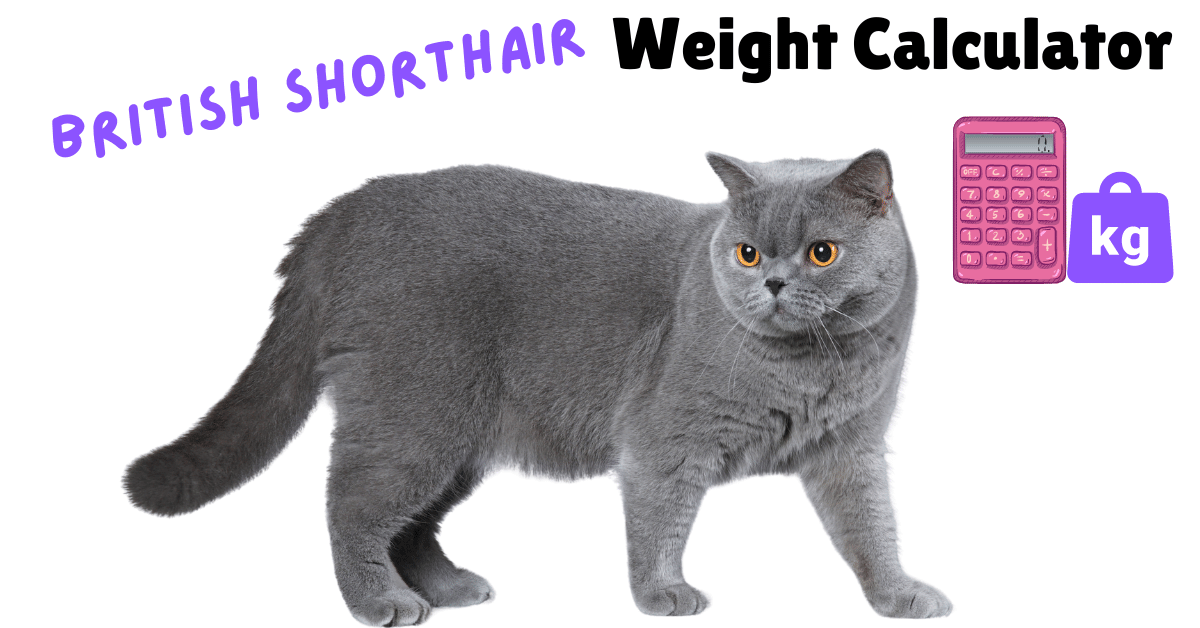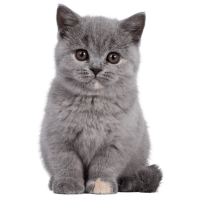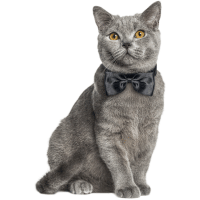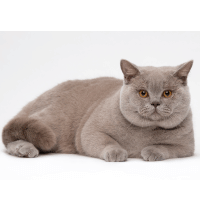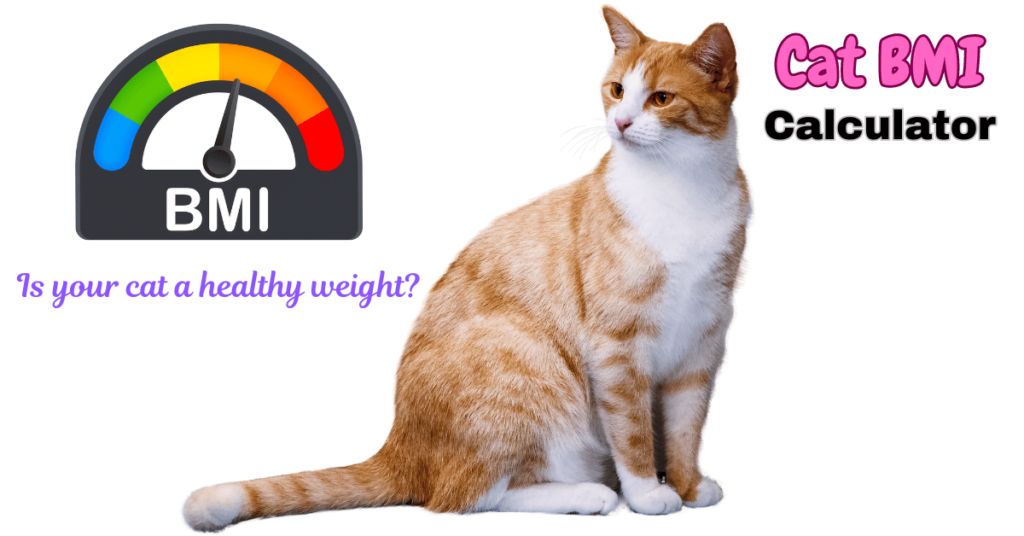Using the British Shorthair Weight Calculator
- Select Unit: Choose your preferred weight unit by clicking either “Lbs” or “Kgs”.
- Select Sex: Use the dropdown menu to select the sex of your British Shorthair (Male or Female).
- Enter Age: Input the age of your cat in weeks, months, or years.
- Calculate Weight: Click the “Calculate” button to see the estimated ideal weight range.
British Shorthair Weight Calculator
British Shorthair Growth Guide: From Kitten to Cat
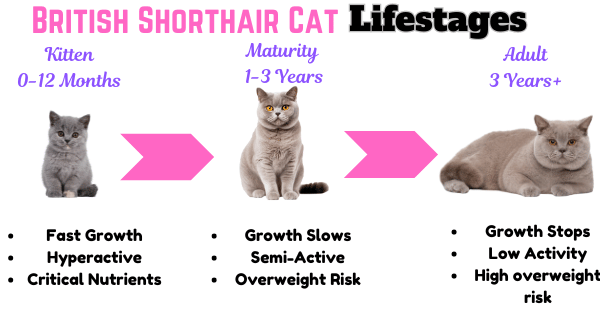
Early Weeks: Foundations of Growth
When British Shorthair kittens enter the world, they are remarkably small, but don’t let their size fool you!
In just their first week, these kittens roughly double their initial weight, transitioning from about 2-3% of their mother’s weight to a sturdier, fluffier version of themselves. Each day brings noticeable changes, with gains of 10-30 grams.
Growth Spurts: 0-3 Months
During their early months, British Shorthairs pack on 500-750 grams monthly. It’s crucial during this time to ensure they’re getting a balanced diet rich in nutrients. Remember, they’ll be staying with their breeder until they're at least three months old, a critical period for their development and socialization.
Developmental Milestones: 3-12 Months
While the general consensus is to neuter cats before 5 months, for British Shorthairs, the ideal window for spaying or neutering is between 3 to 6 months.
As British Shorthairs mature, their growth patterns diverge based on their sex. This becomes particularly evident around six months, when unneutered kittens may start exhibiting behaviors like scent marking. By the seventh month, these kittens start to take on the appearance of adult cats, though they're still a bit lankier.
This transitional phase continues until around their tenth month, when they achieve their full length and height. Despite these milestones, they won't yet display all the typical features of a British Shorthair, and you'll notice their weight gain starts to slow, marking a shift from their initial rapid growth
Reaching Maturity: 1-3 Years
By their first birthday, British Shorthairs have reached much of their adult weight. They continue to fill out in musculature and stature until they are fully mature, which can take up to five years for some. During this stage, maintaining a consistent feeding schedule with carefully measured portions becomes crucial to prevent weight gain, as they are prone to becoming overweight if left unchecked.
Adult Weight Maintenance
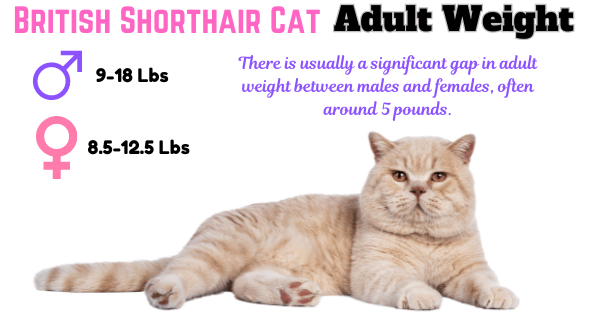
For adult males, the ideal weight range is between 9 and 18 pounds, with 18 pounds being the upper limit. It’s important to adjust their diet if they tip the scales beyond this, as adorable as they might seem with those extra pounds.
For females, an ideal weight is between 8.5 and 12.5 pounds. Notably, the largest females weigh about 5 pounds less than the largest males, highlighting a significant size difference between the sexes.
Tip: Managing the weight of a British Shorthair tends to be simpler before they reach the one-year mark, as they're generally quite active during their kitten phase. However, as they grow and their activity levels decrease, careful monitoring of their weight becomes crucial.
A Comprehensive Approach to Your Cat’s Healthy Weight
Why Weight Isn't Everything
While keeping an eye on the scale is a good starting point, it doesn’t tell the whole story about your British Shorthair's health. Weight measurements alone can’t differentiate between muscle, fat, or bone mass. This is where additional health assessments come into play to ensure your feline friend isn’t just at a good weight, but also healthy and strong.
Body Condition Score (BCS)
The Body Condition Score is a hands-on technique that helps determine the amount of fat on your cat’s body. By feeling certain areas of your cat’s body, such as the ribs, waist, and abdomen, you can get a better sense of their overall body composition.
A score typically ranges from 1 (very thin) to 9 (obese), with an ideal score hovering around 4 or 5, indicating a well-proportioned body. This method provides a more nuanced view than weight alone, offering insight into whether your cat has more muscle or fat.
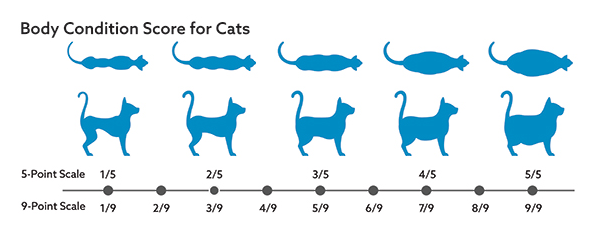
Cat BMI
Just like their human companions, British Shorthairs have their own version of BMI, and it’s not just about their cuddly appearance. Cat Body Mass Index (BMI) is calculated a bit differently—it uses the rib cage circumference and the length of the lower back leg to determine if your furry friend is sporting the right amount of fluff for their frame.
Managing Your Cat's Weight: Underweight, Overweight, or Ideal
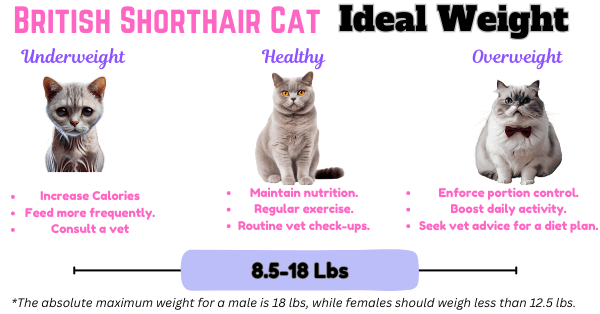
Underweight
Underweight British Shorthairs are a particular concern in kittens, who require ample nutrients for proper growth and development. To address this, common interventions include increasing caloric intake with nutrient-dense foods and more frequent feeding schedules.
If your British Shorthair remains underweight despite these adjustments, or if the issue arises in adulthood with normal or increased food consumption, it is imperative to consult a veterinarian. This could indicate a more serious health issue needing immediate attention.
Overweight
British Shorthairs have a penchant for good food and not much movement, which often leads to weight gain. However, with the right strategies, keeping them active and at a healthy weight is entirely achievable.
Start by adjusting their calorie intake with careful portion control—no free feeding allowed. Instead, measure their food meticulously to ensure they're not overeating. It’s also crucial to boost their activity levels to meet the daily goal of at least 30 minutes.
British Shorthairs may not seem like the most energetic cats, but they possess a strong prey drive that you can leverage to keep them engaged and moving. Incorporate play that mimics hunting behaviors, such as interactive toys that flutter and dart, or laser pointers that encourage chasing.
Just Right
If your British Shorthair is within the ideal weight range, congratulations! Maintain their health with a balanced diet and regular exercise. Regularly monitor their Body Condition Score, weight, and Cat BMI, and continue with routine veterinary check-ups to ensure they remain in tip-top shape.
Key Factors Influencing Your British Shorthair’s Weight
- Diet and Nutrition: Feed the need, not the greed! Opt for top-notch cat chow that meets their needs without going overboard on treats.
- Activity Level: A game a day keeps the pounds away. Active cats are leaner, so encourage your couch lion to become more of a jungle gymnast with interactive toys and games.
- Age and Health: Time slows us all down, even your furry friend. A slower metabolism with age means keeping an eye on their diet and health is crucial.
- Health Issues: Certain health conditions can cause a British Shorthair to be underweight or overweight. Problems like thyroid disorders may lead to unexpected weight loss or gain.
- Genetics: Like parent, like kitten. Size can run in the family, so genetic history can give clues about potential growth and weight.
Perfecting Your British Shorthair's Weight with Our Cat Calculator
From the playful days of kittenhood to the dignified calm of their adult years, our British Shorthair Cat Calculator serves as your guide to maintaining their ideal weight. By combining the insights from the calculator with a structured approach to nutrition, regular exercise, and vigilant health monitoring, you can help your cat lead a long, vibrant life.
Regular vet visits, tailored diets, and keeping them engaged through play are all part of the successful formula. So, use our tools, heed the advice, and watch your beloved British Shorthair thrive at the perfect weight!
Meet Sean, a fintech whiz with a penchant for pet purrs and blockchain buzz. After a decade of fintech feats, Sean's tech talents leaped from ledger lines to litter lines, driven by a passion for pets and a vision for a more connected pet care community. With three critter companions as co-pilots, Sean launched this blog to share a treasury of pet-friendly tech tips and tales.

